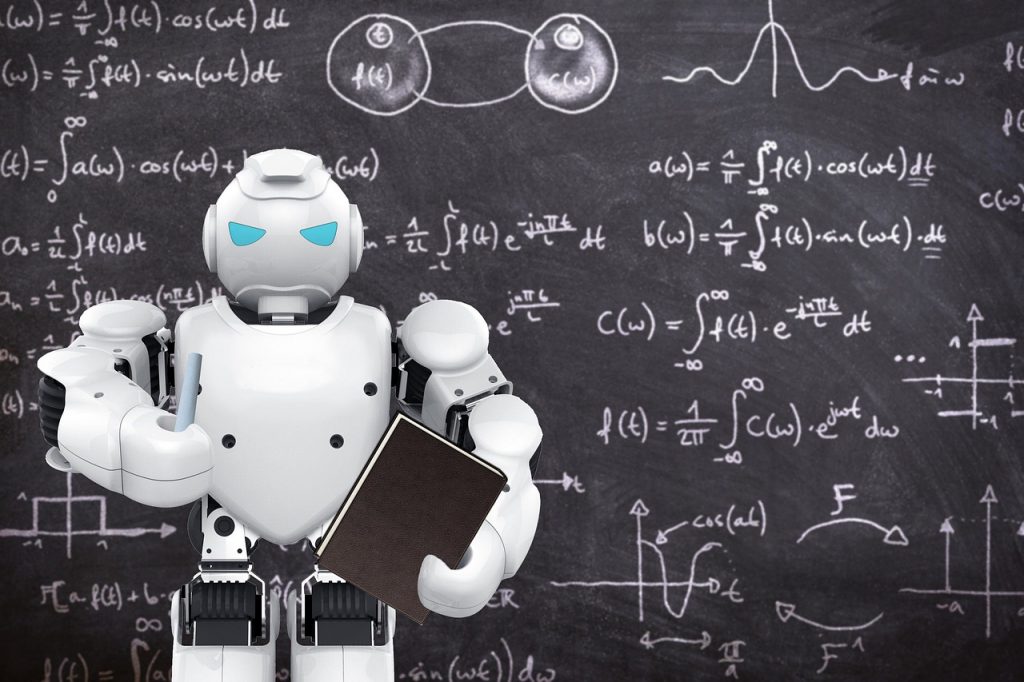
GUEST POST from Arlen Meyers
The Coronapocalypse is forcing us to rethink who, how and what we teach. Regardless of how we do it, college students don’t learn much and the teacher experience is eroding.
Many not for profits are directing their efforts to provide equitable access to public education. However, putting more students in a broken, dysfunctional system won’t yield the outcomes and impact we want. Instead, the very structure and process of education will need to change if we are to provide students with the knowledge, skills, abilities and competencies they need for jobs that have yet to be created.
What’s more, unless we address the gender social and cultural stereotypes, the 4IR could make gender inequity worse, not better.
Companies like Infosys still hire lots of engineers. But today, Ravi Kumar, the Infosys president, is not looking just for “problem solvers,’’ he says, but “problem-finders,’’ people with diverse interests — art, literature, science, anthropology — who can identify things that people want before people even know they want them.
If for nothing else than the future of your children, take 12 minutes to watch this:
If you agree, then thriving in the 4th industrial revolution will require nothing short of restructuring public education at all levels, not just k-12. Even doctors will need to change how they educate their young. How many things can you do with a paperclip?
One goal should be to create entrepreneurial schools and universities, and by that I don’t mean teaching children how to start businesses. Instead, creating the entrepreneurial mindset is about the pursuit of opportunity with scarce resources with the goal of creating user defined value through the deployment of innovation. Creating a successful business in but one of many ways to do that.
Here are 10 different ways to encourage youth entrepreneurship. The same techniques might apply to graduate students as well.
Other learning objectives and curriculum themes are emerging:
- Encouraging private, public and academic collaboration to define market based competencies
- Teaching horizontally, not vertically, in limiting smokestack domains
- Developing soft skills that are in high demand
- Experience cultural competence, diversity and inclusion
- Alternative pathways for teacher training and development
- Job searching techniques that are state of the art
- Mandatory experiential learning opportunities
- Developing and testing alternative intelligence measures
- Replacing memorization with creative problem solving, problem seeking and divergent thinking.
- Hiring for creativity and finding and supporting educational reform champions
- Like sick care, recognizing and addressing the socioeconomic determinants of academic failure, like housing, illness, disability and nutrition.
- Rehabilitating the brand image of teachers
- Teaching STEAMpathIE and rethink STEM as BMETALS
- Preparing students for the jobs of the future that have not yet been created.
- Teach them how to work in and manage virtual international teams.
- public speaking
- writing well
- storytelling (see 1-2)
- critical thinking (not cynicism)
- good manners
- active listening (hear with your eyes)
- networking (trust and giving)
- good customer service
- how to sell
- to fight against entitlement
Curriculum redesign for medical students and residents will need to include:
- Data literacy
- Interprofessional bioentrepreneurship
- Digital health policies and practice
- Care coordination between the medical team and the patient care circle
- Cost-effectiveness analysis
- The pharmaceutical value chain and drug pricing
- Customer service
- Ethics and professionalism
- Personal financial literacy and planning
- Nutrition
Here is how automation will affect economies around the world.
Here are some recommendations to Promote digital education and workforce development
“As AI applications accelerate across many sectors, it is vital that we reimagine our educational institutions for a world where AI will be ubiquitous and students need a different kind of training than they currently receive. Right now, many students do not receive instruction in the kinds of skills that will be needed in an AI-dominated landscape. For example, there currently are shortages of data scientists, computer scientists, engineers, coders, and platform developers. These are skills that are in short supply; unless our educational system generates more people with these capabilities, it will limit AI development.”
Our economy and standard of living hinges on meeting these wicked challenges. But, like medicine, government and other risk-averse and sclerotic industries, the resistance to change will be substantial. Only bottom-up pressure led by creative, courageous innovators who teach what they practice, in collaboration with non-profits and government agencies, will remove the obstacles in our path. Many of those obstacles are in the classroom next door or the corner office or the halls of government.
Image credit: Pixabay
![]() Sign up here to get Human-Centered Change & Innovation Weekly delivered to your inbox every week.
Sign up here to get Human-Centered Change & Innovation Weekly delivered to your inbox every week.
In 2014, I did write about this challenge and I am seeing the ideas expressed in it coming to fruition now. You can find it @ https://rmukeshgupta.com/why-clay-christensen-michael-porter-could-be-wrong/ and @ https://rmukeshgupta.com/the-real-higher-education-challenge/.
I do hope we are able to reinvent education before it fails spectacularly.